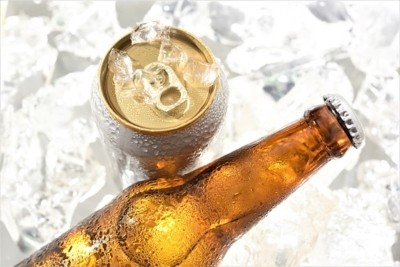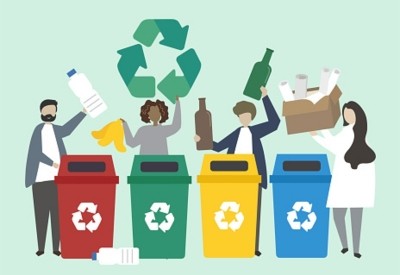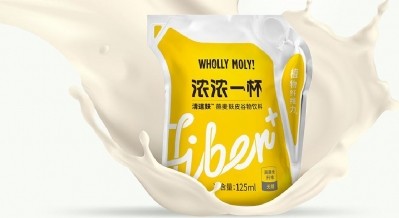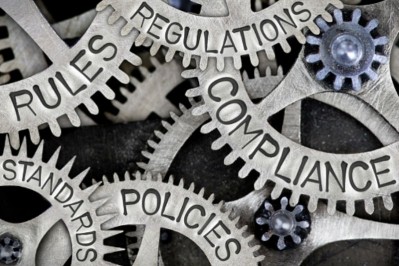Consumer-led change: South Korea upgrades recycling symbol requirements for food and beverage packaging
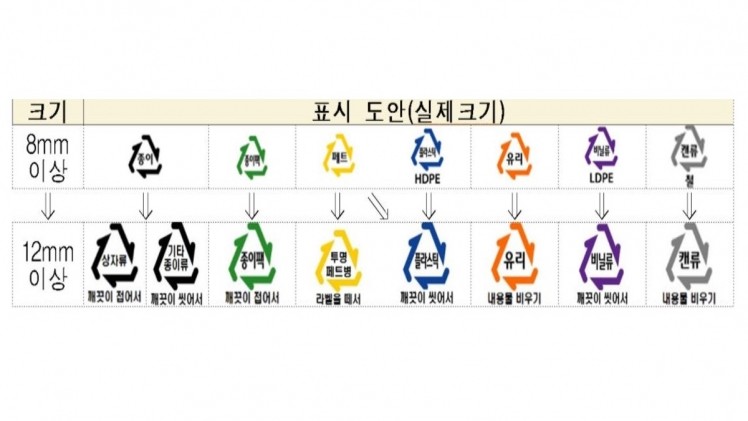
The draft regulations were announced by the Korean Ministry of Environment (MOE) last month and included the addition of more detailed instructional notes and larger sizing for all recycling symbols to be included on food and beverage packaging.
South Korea has multiple recycling symbols that food and beverage manufacturers or packaging producers are required to include on their packaging, depending on the type of packaging material, e.g. whether it is paper, PET, HDPE, glass, vinyl, aluminium cans or others.
“The current recycling symbols that are mandatory to be included on recyclable packaging material does indicate the name of the relevant material, but it is difficult for the general public to understand what to do with it just by looking at the symbol,” said MOE in a formal statement.
“Therefore, we hope that by changing the symbols and adding more thorough written directions both inside and below these, the general public will be able to more easily understand the different recycling steps to be taken and thus enhance the efficiency of sorting and recycling so as to improve the quality of recycled raw materials.”
The additional instructions give more detail on how to handle different packaging types for recycling. For example, the symbol for Paper now includes directions to ‘Fold before recycling’, for PET to ‘Remove labels before recycling’, and for Glass and Aluminium cans to ‘Rise out before recycling’.
The size of all these symbols have also now been upgraded to a minimum of 12mm, as opposed to a minimum of 8mm previously.
“The size of these symbols have also been enlarged along with the additional instructions in order to improve readability,” said MOE.
The draft regulations are currently being reviewed post-public consultation before being formally moved through legislation.
Based on consumer feedback
The review and upgrade of the recycling symbol regulations were based on a recent MOE survey put forth to the South Korean public about their opinions on the existing recycling symbols.
Almost two-thirds (66.85%) of around 350 surveyed consumers believed that the existing recycling symbols were ‘Helpful, but not very effective’, which is what catalysed the review.
Of these, 46.7% of respondents complained that there was a ‘large gap’ between reading the recycling symbol and the actual recycling collection box, leaving them unsure of what to do, whereas another 34% had difficulty understanding the recycling symbol when it only mentioned the material name without providing more specific directions.
The survey also revealed that although South Korean consumers still believe conscious efforts to recycle as the most important policy direction (28.8%) when it comes to local waste management, a significant portion (24.4%) also urged the government to improve on efforts regarding materials and structures that are ‘easy for companies to recycle’.
This last is in line with South Korea’s 2030 food industry vision, where one of its main five pillars is to boost environmentally-friendly foods, including initiatives to develop eco-friendly packaging material.
South Korea aims to reduce its plastic waste production by half by 2030, as well as double its recycling rates from 34% to 70%.
